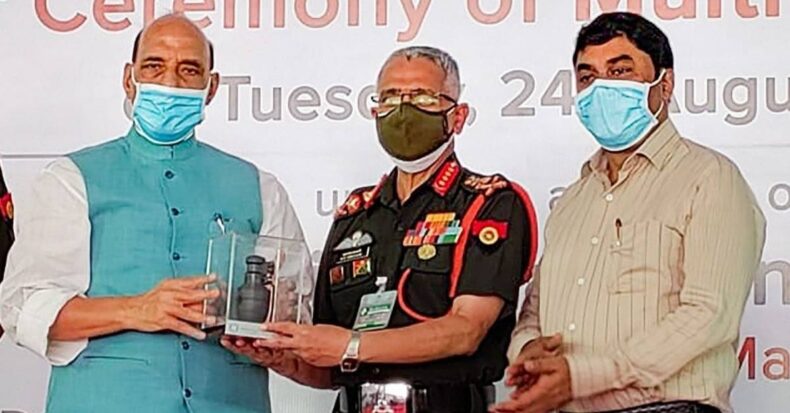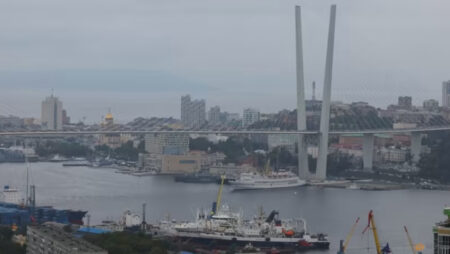Multimode hand grenades are employed in both attacking and defensive situations. Economic Explosives Ltd (EEL) of Nagpur presented them to the army chief in the presence of defence minister Rajnath Singh.
The Indian armed forces have received the first batch of indigenously manufactured hand grenades, which will replace the World War II-style grenades now in use. Multimode hand grenades can be employed in both attacking and defensive situations.
Economic Explosives Ltd (EEL) of Nagpur presented them to the army chief in the presence of defence minister Rajnath Singh. It is a “shining example” of public-private partnership, according to Singh.
The Terminal Ballistics Research Laboratory developed the grenades in Chandigarh, and EEL purchased the technology as part of a deal in 2016.
What Did Singh Tell?
EEL is close to negotiating a deal with Indonesia to supply grenades. Therefore an export order is next on the agenda. Over the last few years, the Indian military has put the grenade through rigorous testing, including use at high elevations, in extreme cold, and deserts.
In October of last year, the defence ministry placed a Rs 450 crore contract with EEL for 1 million hand grenades. EEL had stated that the entire quantity would be delivered in 18 months.
The Indian Army is in desperate need of grenades, with the older Grenade Type 36, which was based on a decades-old design, having been phased out of manufacturing.
“The transfer of a multimode hand grenade is a brilliant illustration of the public-private sector’s growing collaboration. It’s a huge step toward defence manufacturing self-sufficiency,” Singh added.
Given the yearly training requirement for all infantry personnel, there is substantial demand for ammunition, which is expected to be met by EEL. At the same time, the Ordnance Factory Board (OFB) is also in the running for orders.
Aside from the need from the Indian military, the product has a lot of export potential due to its low price.
Experts say the grenades could be sold to African and Southeast Asian countries in the future, in addition to Indonesia, which is likely to be the first export customer.
Singh outlined the steps to turn the defence industry into a self-sufficient enterprise capable of meeting the Armed Forces’ current and future needs. He discussed the establishment of Defence Industrial Corridors in Uttar Pradesh and Tamil Nadu.
He also talked about developing a draught Defence Production and Export Promotion Policy (DPEPP) 2020, allocating 64% of modernisation funds under the capital acquisition budget for 2021-22 to domestic companies, notifying two Positive Indigenisation Lists of over 200 defence items to promote self-reliance.
And 74% through the government channel, with the “buy indigenously conceived, produced, and manufactured” category receiving top priority for capital procurement.
Singh also praised the DRDO’s policy of technology transfer to industry, calling it an “incubator” that “undertakes free-of-cost technology transfer as well as providing access to testing facilities and more than 450 patents.”
The Past Developments
Singh praised the sector for inventing products such as the Multi-Mode Grenade, Arjun-Mark-1 tank, Unmanned Surface Vehicle, and See Through Armour on its own. “Such products are not only created but also exported in enormous quantities.
From 2016-17 to 2018-19, 1,210 online export authorisations were issued. In the last two years, it has risen to 1,774. In the last two years, this has resulted in defence exports worth more than Rs 17,000 crore,” he added.












